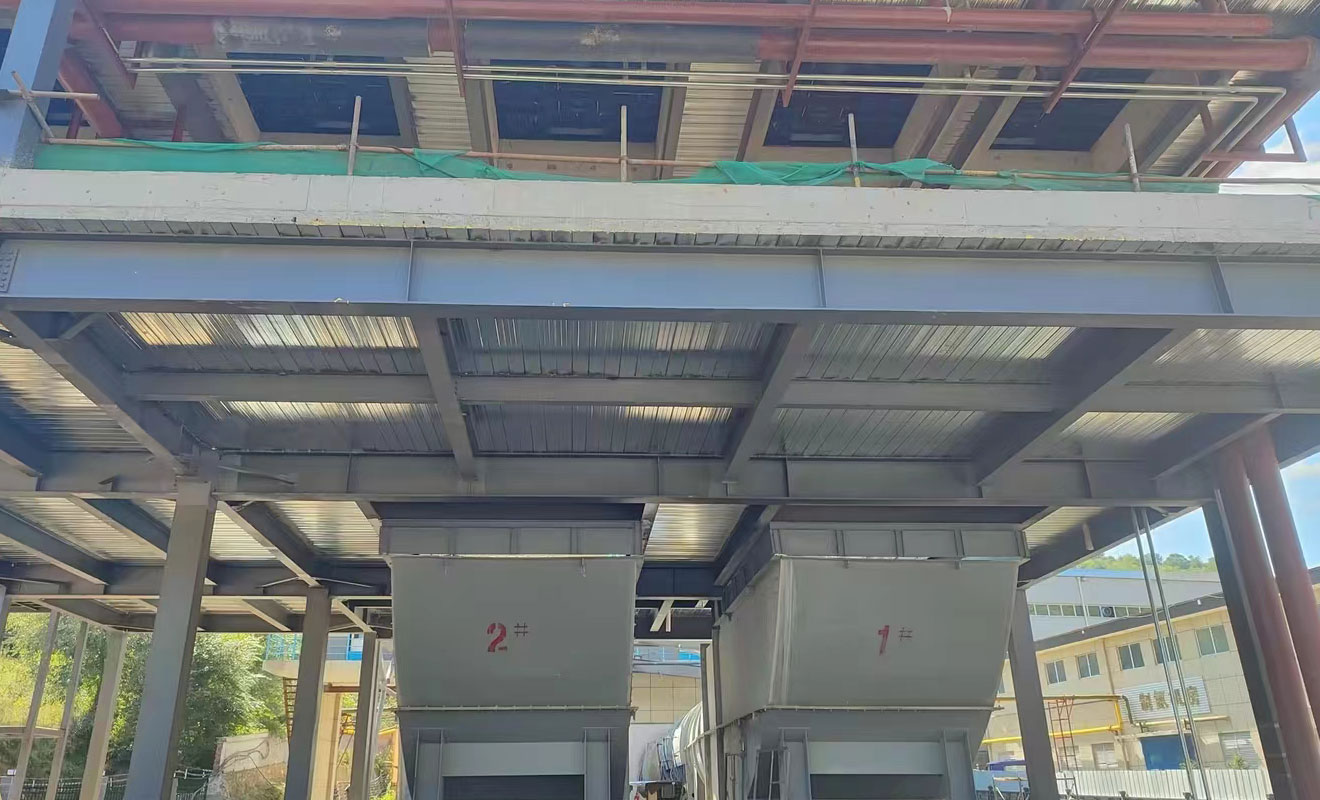Building fires are a serious safety threat that may lead to serious loss of life and property. In order to improve the safety of building fires, ventilation and smoke exhaust systems play a crucial role. In these systems, fire valves are an indispensable component.
In buildings, fires may erupt due to various reasons, such as electrical failures, gas leaks, human negligence, or malicious arson. Once a fire occurs, it spreads rapidly, generating a large amount of smoke and high temperature, posing a threat to personnel and property inside the building. Therefore, fire safety is a crucial consideration in the construction field.
The ventilation and smoke exhaust system is a part of building fire safety, and its main goal is to timely eliminate toxic smoke and hot air generated by fires, ensure that personnel have time to escape, and provide firefighters with access to the building for firefighting. However, in order for the ventilation and smoke exhaust system to function, fire dampers are essential.
Fire dampers are key components in ventilation and smoke exhaust systems, and their main functions include:
Fire isolation: Fire valves are usually installed in different areas of the building, which can limit the fire to one area and prevent the spread of the fire. This helps to reduce the impact of fires on the entire building.
Smoke control: Fire dampers can control the spread of toxic smoke generated by fires and prevent it from entering other areas. This helps to maintain the visibility of passages and stairs, providing necessary conditions for personnel evacuation and firefighting.
Ventilation regulation: The ventilation and smoke exhaust system needs to provide fresh air under normal conditions, but in case of fire, the air inlet needs to be closed to prevent smoke from entering. The fire valve can automatically regulate the ventilation system, ensuring that it is closed when needed and opened when needed to maintain appropriate ventilation and smoke exhaust.
Smoke detection response: Some fire valves are equipped with smoke detectors, which can automatically trigger closure based on the detected smoke signal to respond to fires more quickly.
Fireproof valves can be classified into various types based on their design and usage, including:

Manual valve: requires manual intervention, usually operated by firefighters to open or close according to the fire situation.
Automatic valve: Equipped with smoke or temperature detectors, it can automatically detect fires and trigger closure without manual intervention.
Electric valve: Driven by an electric motor, it can be controlled by the fire protection system or building automation system to achieve opening and closing.
Pneumatic valve: Controlled by air pressure, usually used in large buildings or industrial locations.
Location and arrangement of fire dampers: Fire dampers are usually installed in the ducts of ventilation and smoke exhaust systems, especially at the partition interface or between floors of buildings. They should be accurately arranged according to the layout of the building and fire safety requirements.
To ensure the reliable operation of fire valves in the event of a fire, they require regular maintenance and inspection. Here are some key maintenance steps:
Regular inspection: Fireproof valves should be inspected regularly to ensure the normal functioning of their mechanical and electrical components (such as electric valves), as well as smoke or temperature detectors.
Cleaning and lubrication: The mechanical components of fire valves need to be regularly cleaned and lubricated to ensure their smooth operation.
Replace damaged parts: If any parts of the fire valve are found to be damaged or worn during inspection, they should be replaced in a timely manner.
Test function: Regularly test the opening and closing functions of the fire valve to ensure its normal operation in the event of a fire.
Keep the passage unobstructed: The ventilation pipes and passages around the fire valve should be kept unobstructed to ensure that smoke and hot air can be effectively eliminated.
Fire dampers play a crucial role in ventilation and smoke exhaust systems, as they are an indispensable component of building fire safety. By isolating fire sources, controlling the spread of smoke and heat, and ensuring the normal operation of the ventilation system, fire valves provide more escape time for personnel inside the building, while also providing better firefighting conditions for firefighters. Therefore, professionals in the field of construction and building owners should attach great importance to the selection, installation, and maintenance of fire valves to improve the safety of building fires. When facing the threat of fire, fire valves are crucial for life safety and property protection.







Comment